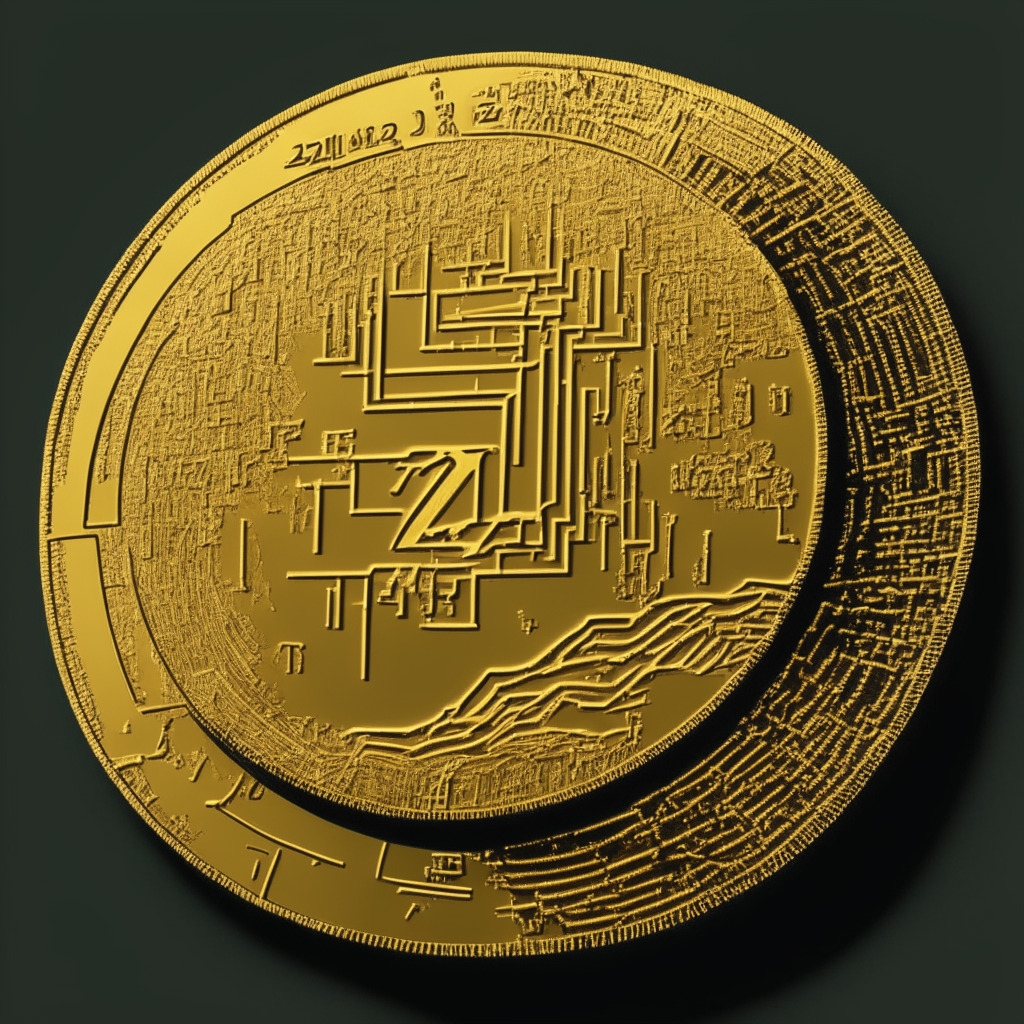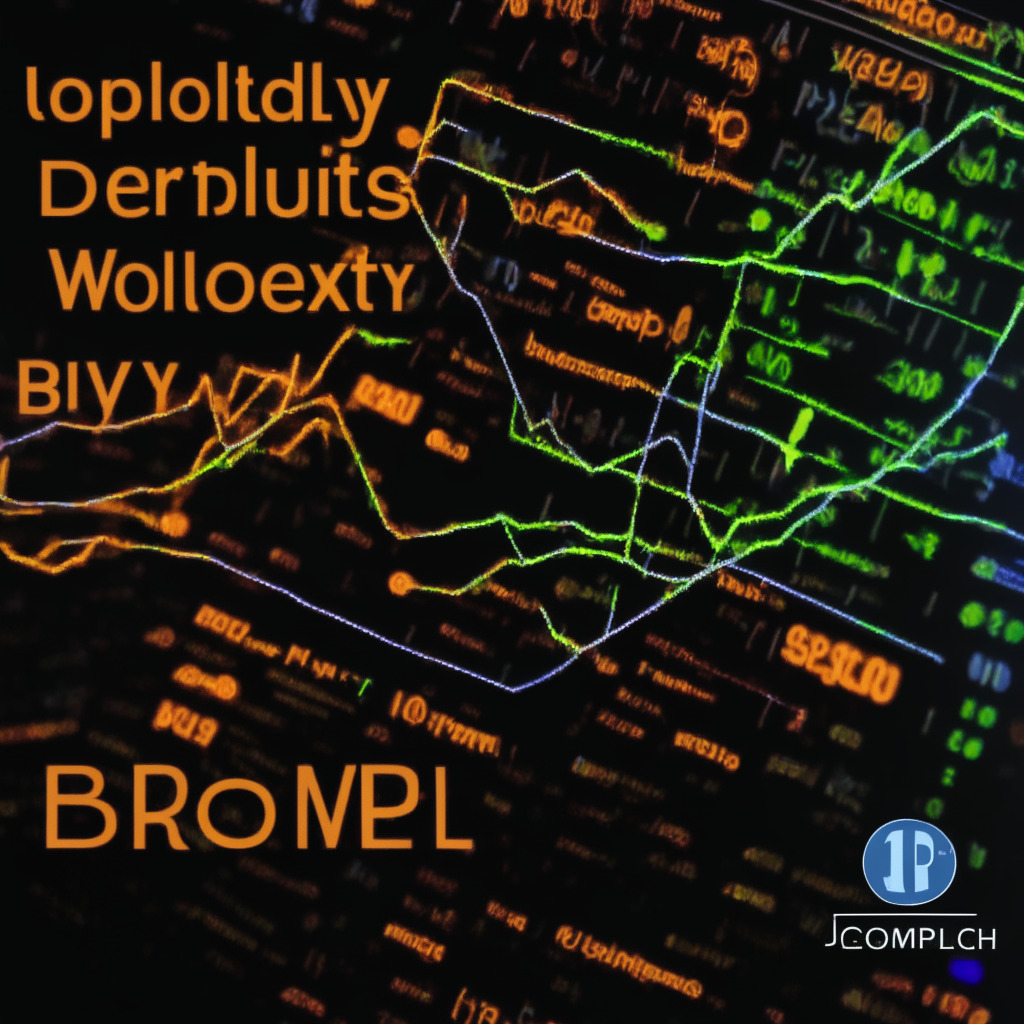Recently, an intriguing development has arisen in the world of cryptocurrency, as data was flagged on the blockchain by Coinbase director Conor Grogan. According to the information, Alameda Research has minted over $38 billion in Tether (USDT) tokens in 2021, despite not having the corresponding assets under management. This finding is noteworthy as it indicates that the total value of USDT creation far surpasses Alameda’s total assets during the peak of the cryptocurrency market bull run last year.
On the other hand, the evidence suggests that the USDT redemptions by FTX were likely from Alameda’s tokens, with the total sum reaching an impressive 3.9 billion USDT. Large portions of this were redeemed during the breakdown of the Terra Luna algorithmic stablecoin. Acting as Alameda’s co-CEO, Sam Trabucco shed light on the large USDT mints conducted by Tether, providing unique insights into Alameda’s utilization of arbitrage opportunities regarding the value of USDT with various trading pairs across multiple exchanges.
The situation described by Trabucco presents a two-fold benefit for Alameda. Not only did it create profits from the discrepancies between trade values, but it also ensured the stability of USDT’s dollar peg. The inner workings of this process involve the selling of USDT above the price it was created at, thus bringing its price down to remain close to $1 when escalated purchases are made. However, while outshining competitors may be profitable for Alameda, it does raise question marks amongst industry watchers regarding the ethical considerations behind such practices.
Switching gears into another dimension of the digital frontier, the Reserve Bank of Zimbabwe announced their venture into gold-backed digital tokens named Zimbabwe Gold (ZiG). In a nation grappling with currency instability and inflation, the launch of these digital tokens is a crucial part of Zimbabwe’s economic revitalization strategy. Further, the tangible backing of each ZiG in the form of physical gold adds a dimension of trust and authenticity to these tokens. Given the bleak financial landscape of Zimbabwe, such initiatives may well serve as lifeboats to a flailing economy.
To conclude, while these two tales from different corners of the blockchain realm seem distinctly separate, they’re inherently connected by the thread of innovation. Though the schemes of Alameda’s USDT arbitrage trading may ruffle feathers, it also exemplifies creative problem-solving within the terrain of volatile digital finances. Similarly, Zimbabwe’s resort to buoy its economy using digital tokens pertinently showcases the potential of blockchain technology for national monetary reconstruction.
Source: Cointelegraph




